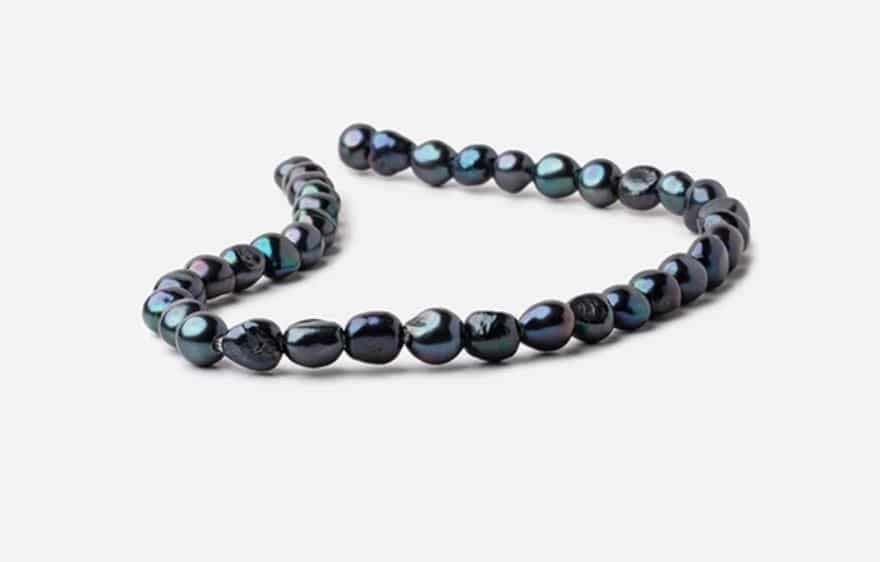Fashion
Tourmaline Beads: 6 Things You Should Know

Tourmaline, made from crystallized silicon, is one of the wealthiest minerals on Earth. Tourmaline’s most popular color is black. However, Tourmaline can also find in natural forms in all colors.
Tourmaline heat beads are an excellent choice for jewelry design because it can use with gold and silver metals. Because it can use with a variety of gemstones, black tourmaline is a favorite among jewelry designers.
Initially found in Saxon, Germany, around the 15th century. Today, Tourmaline comes mainly from Pakistan, Tanzania, and Nigeria. There are many colors of Tourmaline stones. This stone is named after the Sinhalese word for “tourmaline”, which means “mixed stone.”
Black Tourmaline, a healing gemstone widely used in metaphysical circles for its healing and protective properties, is a popular choice. It believes that this stone can block negative energies and EMFs.
[lwptoc numeration=”none”]
1. Judging Tourmaline Colour
It is a broad topic, as Tourmaline is available in so many colors that it is impossible to discuss each individually. It is unnecessary as color quality comes from a set of universal rules. These three components should consider when judging Tourmaline’s color. Let’s start with Hue.
2. Understanding Hue in Tourmaline
Hue, the most crucial component in quality, describes the “sensation of color” that the human eye sees. The human eye interprets the light spectrum through gemstones to create color. Color is not a substance.
Blue Tourmalines, also known as Indicolite, are called Verdelite and greens, while reds and pinks are known collectively as Rubellite.
3. Tone In Tourmaline
Tone refers to the range of lightness and darkness in a gemstone’s color sensation. It is a crucial component of judging the color quality of tourmaline and all gemstones. It simply refers to how dark or bright a rock appears to the eye. Below is an example of a green Tourmaline that can be either medium or dark in tone.
No matter the Tourmaline color, you should aim for a medium tone.
4. Tourmaline Colour Saturation
This component is crucial in judging Tourmaline’s quality. It is the depth and vibrancy of the color.Let’s use an analogy and say you see a brand-new red T-shirt bought from a store. It is a vivid red when you buy it for the first time. It becomes pale after a few washes. It was very saturated when it was new and has become less saturated after several washes.
5. Lighting Factors & Dichroism
A gem’s color can be affected by the light source it is viewed under. Therefore, it is a good idea to test Tourmalines in different light sources before purchasing. While reds and pinks are more vibrant under incandescent light sources, more excellent colors, such as greens and blues, will look better under daylight and white light.
A study of tourmaline’s color would not be complete without looking at dichroism. Tourmaline, a strong dichroic gemstone, can display different colors on the optic and perpendicular sides.
6. Understanding the Clarity Factors of Tourmaline
Gemstones can develop imperfections as they form naturally. Cracks can occur due to high pressure, crystals from the same species (or other) growing within them, and needles. These imperfections are also known as “Fingerprints” or liquid-filled healed fractures. These imperfections can impact the clarity of a Tourmaline, and you should be aware of what to look out for when judging clarity.
Read more: Gemstones and Heirlooms: Accessorizing With High-End Jewelry
-

 Social Media2 months ago
Social Media2 months agoWhat the “67” TikTok Meme Really Means
-

 Business2 months ago
Business2 months agoDubai Freezone Company Formation: From Name Reservation to Bank Account
-

 Tech2 months ago
Tech2 months agoWhat To Do When Your Business Faces Network Vulnerabilities
-

 Auto2 months ago
Auto2 months agoHow to Compare Car Insurance Plans for Maximum Savings






